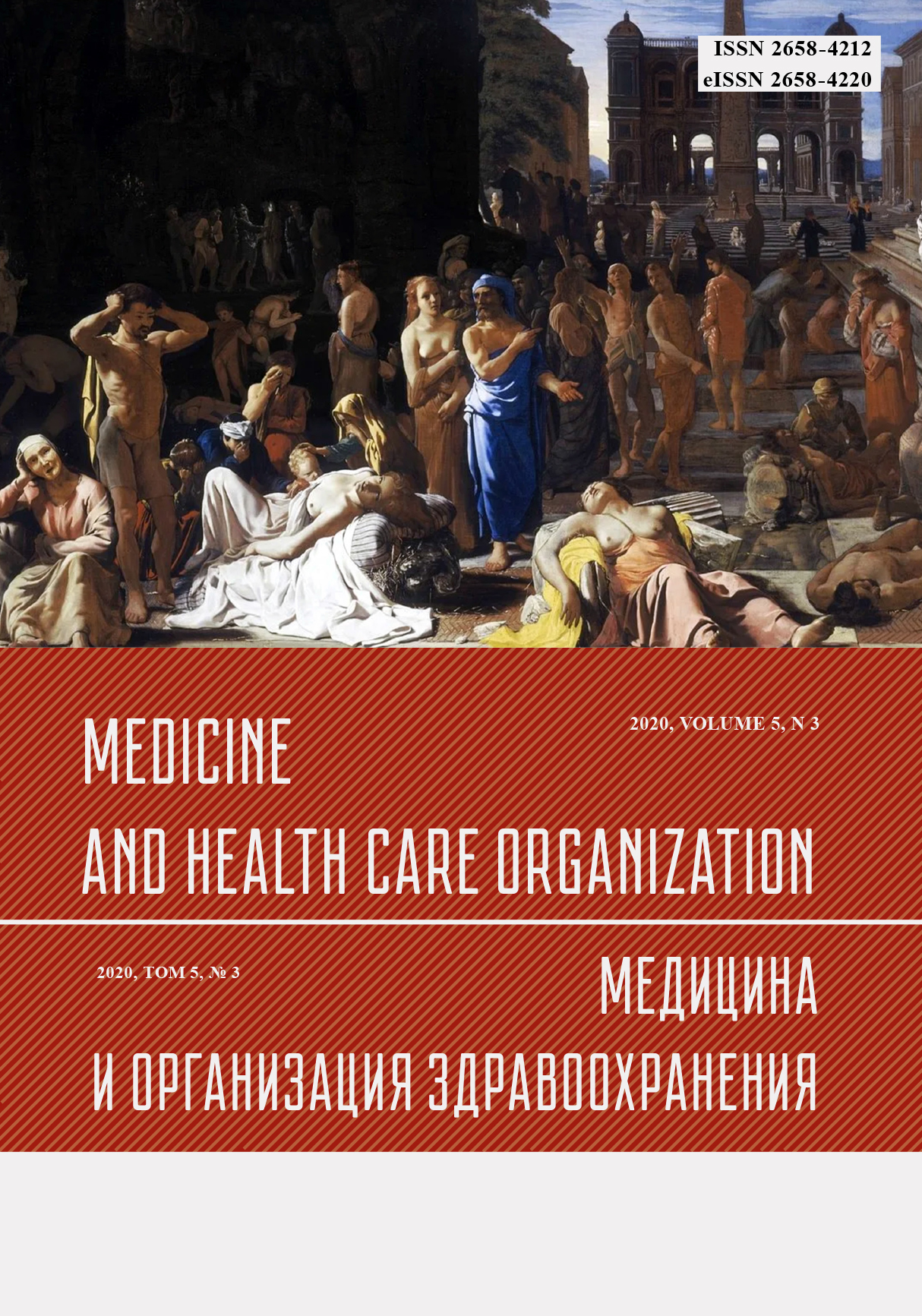CHILD IN THE ANCIENT WORLD: PERSPECTIVE, RIGHTS AND PROTECTION FROM ABUSE
Abstract
Child abuse is one of the most challenging issues nowadays, which is in the focus of attention of the state, community, teachers, doctors, social workers and lawyers. However, the phenomenon of child abuse existed in all periods of human history, being deeply rooted in cultural and religious history. The article is analyzing this problem in the Ancient World in the light of different evidence (literary, archeological, ethnographical etc.). The main ancient civilizations - Mesopotamia, Ancient Egypt, Ancient Israel, as well as China and India. Such type of violence as infanticide, abandonment, child sacrifice as well as corporal punishment, sexual abuse, hard work, violence in war conflicts child neglect with following psychological and emotional violence were looked upon. Mutilation based on religious, medical, cosmetic and economic reasons was widespread in many cultures. The violence towards the child in different nations was determined by their life style and conditions, deficiency of resources, obligatory rites, ideas of value of the child as a member of society. Domestic violence prevailed: unlimited power of the father was the feature of all ancient civilizations. The ambivalence of treating of the child was also typical, which determined the character of family relationship, rites of child recognition and type of education. For example, infanticide of newborn children was a form of the birth control, a way of disposing premature born, weak and handicapped children as well as generally unwanted children that parents could not afford to have. The comparative study of the forms of abuse present in ancient civilizations shows the most considerate attitude towards children was in Ancient Egypt where the status of the child was close to the sacral one.



